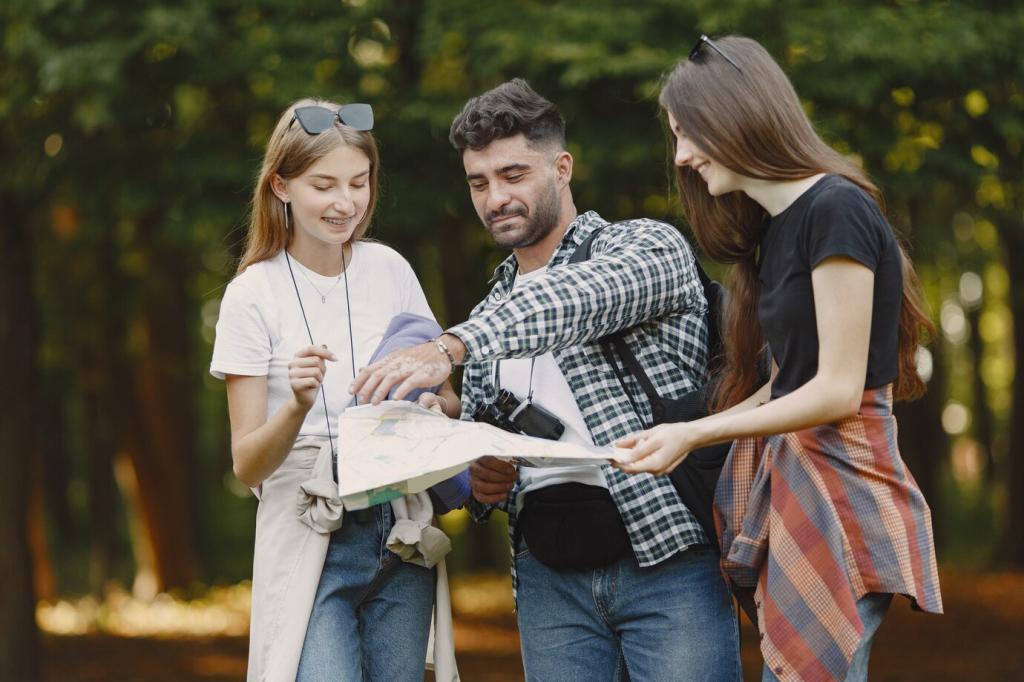Guiding with Heart: Enhancing Multicultural Understanding in Tour Guiding
Chosen theme: Enhancing Multicultural Understanding in Tour Guiding. Welcome to a space where every route honors people as much as places. Here we share stories, strategies, and small acts of empathy that turn tours into bridges. Stay curious, join the conversation, and subscribe if you believe travel can deepen respect and connection across cultures.
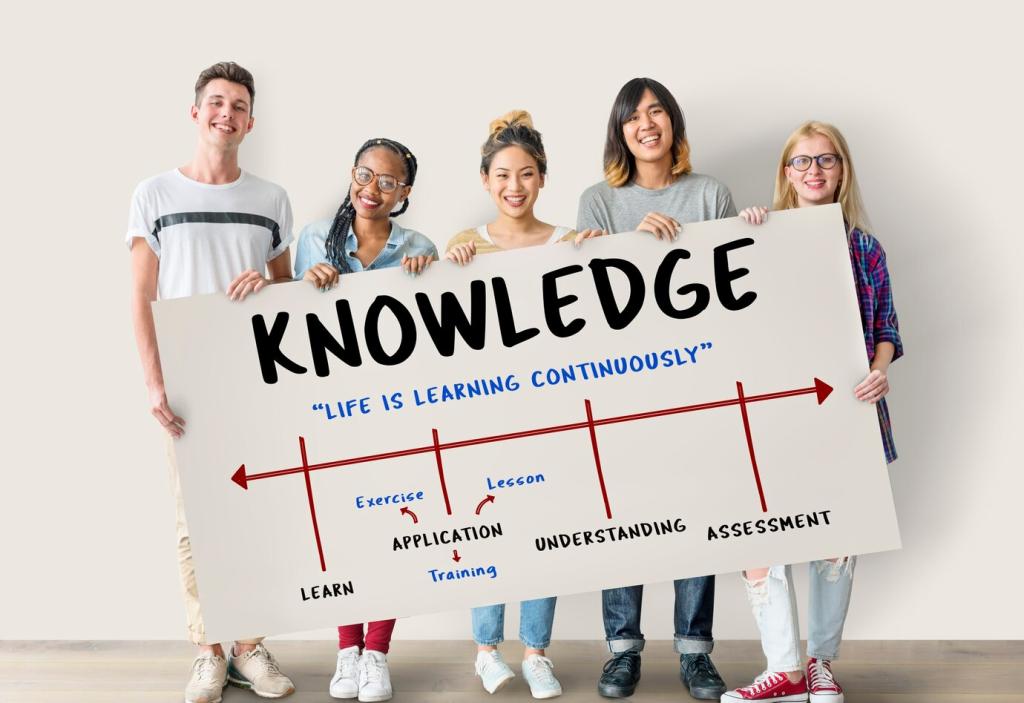

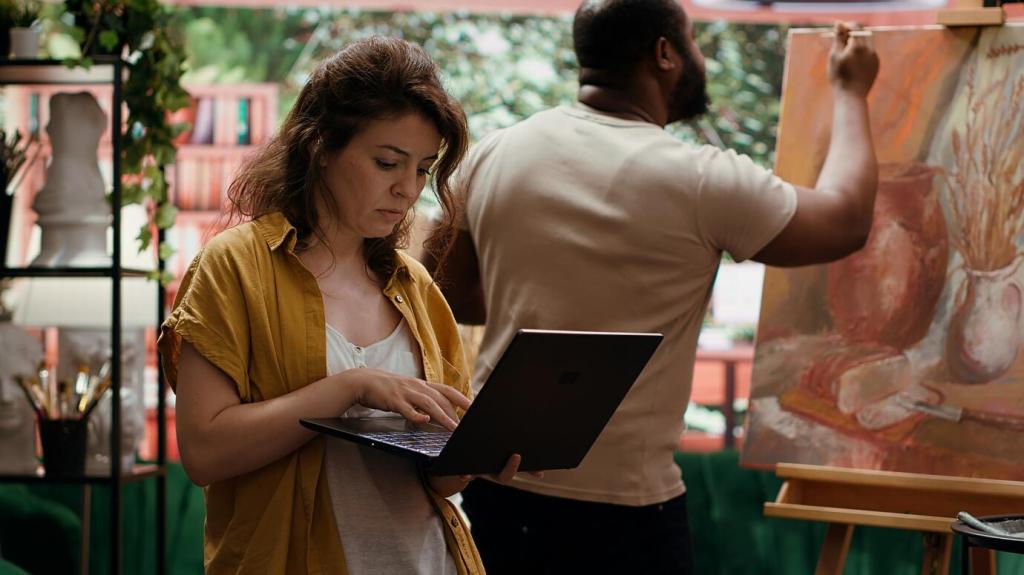
Why Multicultural Understanding Matters on Tour
Guiding is not only about pointing at monuments; it is about welcoming diverse expectations, traditions, and comfort levels. Ask gentle questions, avoid assumptions, and acknowledge differences openly. A few thoughtful minutes at the start to understand language preferences, pacing, and cultural sensitivities can turn a group into a community. Invite your guests to share what matters most to them.
Why Multicultural Understanding Matters on Tour
Empathy helps you adjust real time—skipping a site that may feel inappropriate during a religious holiday or slowing down when a custom needs explanation. It shapes your tone, humor, and timing. It encourages you to pronounce names correctly and honor preferred forms of address. Comment with your favorite pre-tour questions that help you understand guests’ backgrounds respectfully.
Practical Communication Across Cultures
Short sentences and concrete examples travel well across languages. Avoid idioms that confuse, and explain terms that may be unfamiliar. Speak slightly slower than usual, and check for understanding without putting anyone on the spot. A friendly tone communicates respect. Ask guests which terms feel most comfortable, and encourage them to stop you anytime for clarification.
Eye contact, gestures, and personal space vary dramatically across cultures. Notice folded arms, sidelong glances, or hesitant smiles, and respond with patience rather than pressure. Offer options—stand further back, skip a photo, or rephrase a joke—so comfort sets the pace. Invite guests to signal preferences discreetly. What nonverbal cues have you learned to recognize over time?
When working with interpreters, brief them on tone, sensitivity, and historical nuance. Pause frequently and watch the group rather than your notes. For apps or devices, test terminology ahead of time, especially for sacred or sensitive topics. Confirm translations of proper names and indigenous terms. Share your favorite tools or interpreter tips so others can plan better cross-cultural conversations.

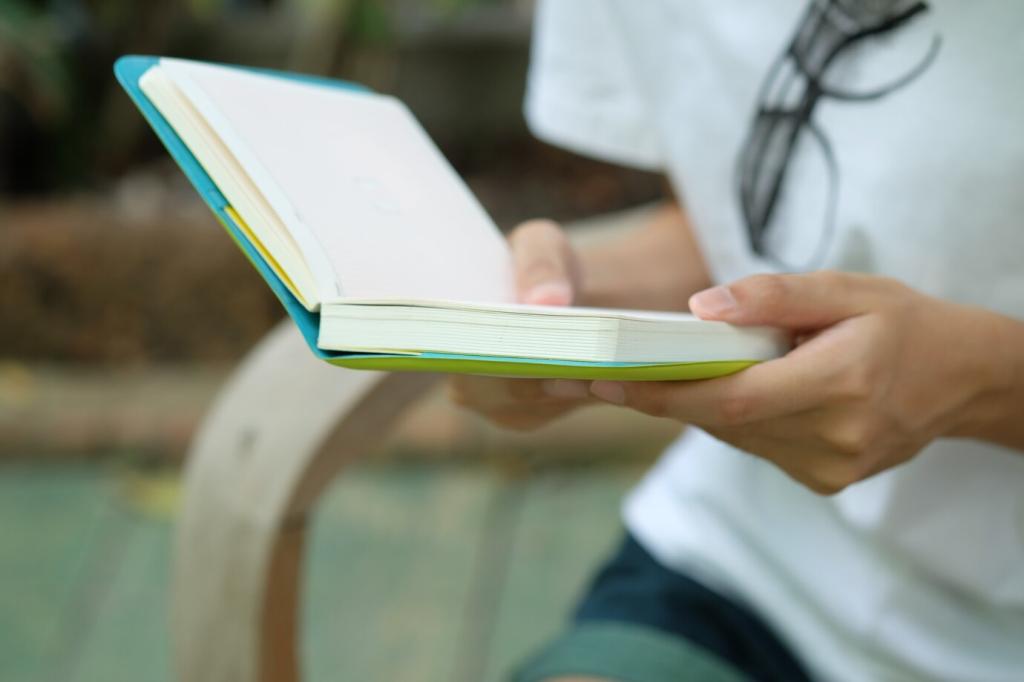
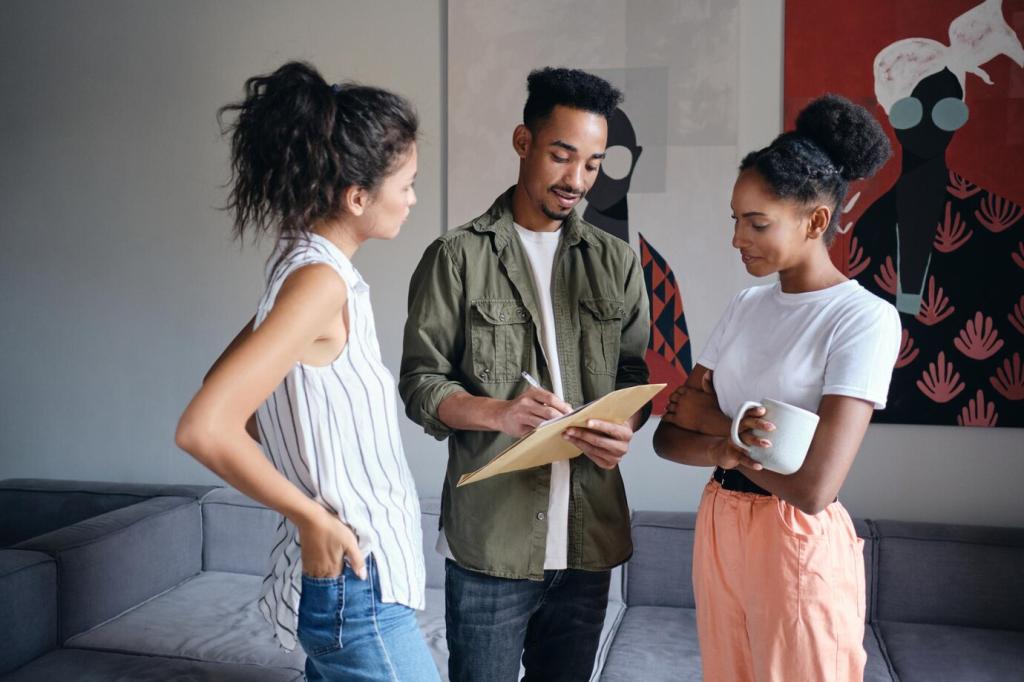
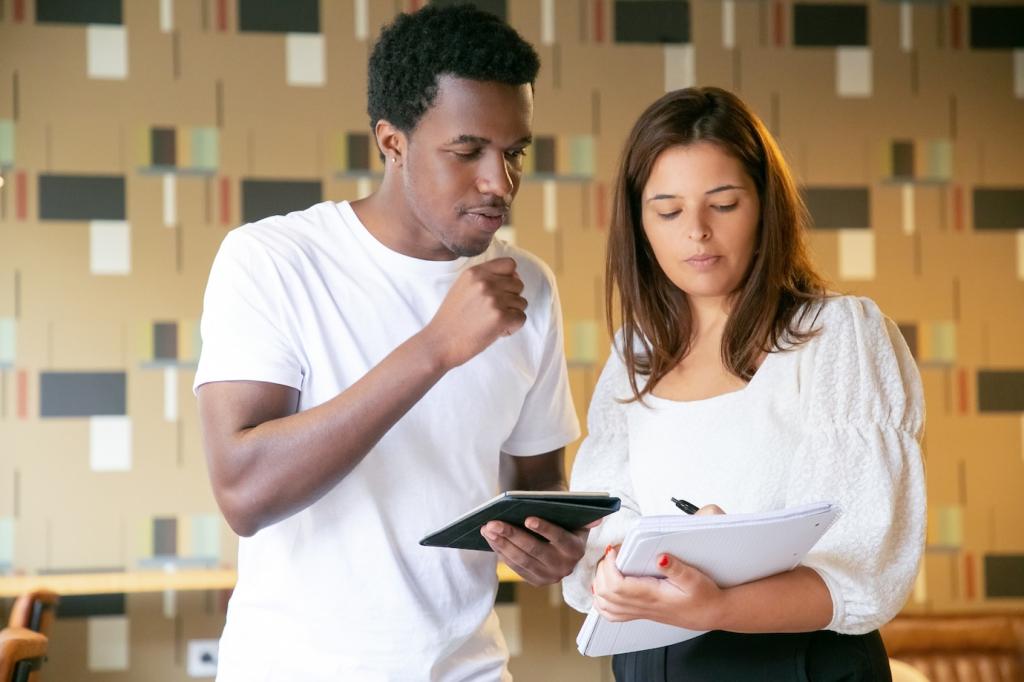
Navigating Sensitive Histories with Care
Avoid jokes, euphemisms, and absolutes. Use people-first language, specify sources, and separate fact from interpretation. Offer content warnings for difficult topics and give guests permission to step aside. Replace blame with context and accountability. Invite reflection questions rather than debates. What phrases have helped you explain hard history with dignity and accuracy?
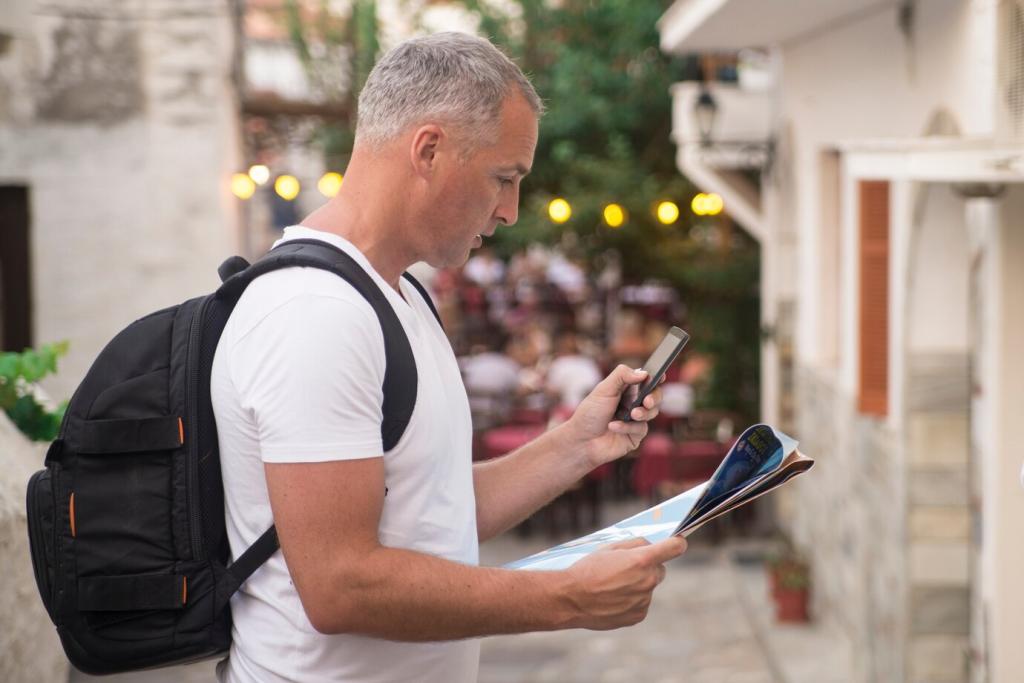

Navigating Sensitive Histories with Care
Place events within broader regional and global contexts, then zoom into lived experiences. Share diary excerpts, oral histories, and artifacts to humanize abstract dates. Encourage guests to compare textbooks from different countries. Multiple windows make understanding more durable. Recommend a book, podcast, or documentary that broadened your view of a familiar story.
Bias Checklists and Reflective Journals
Create a pre-tour checklist that surfaces assumptions about language, dress, and behavior. After tours, journal about what surprised you, what you changed, and what you missed. Patterns reveal blind spots and growth. Invite a colleague to offer gentle feedback. Share a template or favorite reflection prompt other guides could try this week.
Role-Play Rehearsals
Practice tricky moments: a guest makes a stereotype, someone photographs a sacred object, or two histories conflict. Rehearsals build calm responses and respectful phrasing. Rotate roles so everyone experiences different perspectives. Record sessions to refine tone and pacing. What scenario would you like the community to role-play together in our next learning thread?
Design segments alongside artisans, elders, historians, or youth groups. Ask what they want guests to learn and how to structure visits respectfully. Share programs that give back—workshops, scholarships, or preservation funds. Co-creation keeps tours authentic and dynamic. Who are your most inspiring partners, and how do you share decision-making with them?

